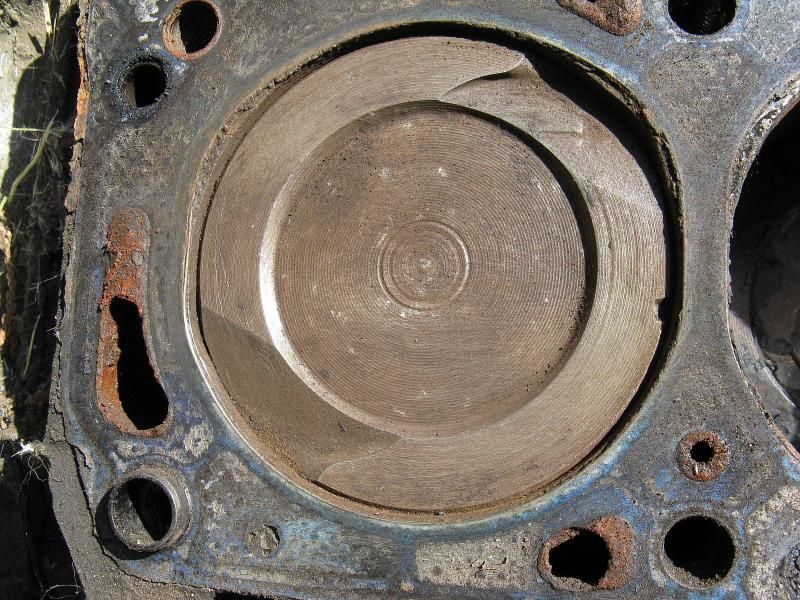detritusmaximus
Well-known member
- Joined
- Sep 21, 2013
- Messages
- 1,170
- Reaction score
- 550
- Location
- US
- My Car
- 1973 Grande #1 looong time ago
1970 Sportsroof #2 almost as long
1971 Sportsroof M-code #3 needs money
2008 GT #4 where the money went
I've looked around for info that may already be out there, but no luck because everyone wants to go racing or drive it once a year...
I'm getting ready for a 351C rebuild and I want to use closed chamber heads (71 M or maybe Aussie or Trick Flow 72cc) but want to lower compression a bit. This is to be a conservative build for the street, no big cams or 4.11 gears.
Needs are:
commonly available pump gas 91-92 octane
3.55 rear tops (probably with 5 speed)
comfy street and highway driving (MPG...don't laugh, if I can get 20+ at 70mph I'm happy)
So the issue is this, 9.0:1 compression or so with quench heads, what pistons?
Somebody out there has an answer, I can't be the first person to go this direction.
I'm getting ready for a 351C rebuild and I want to use closed chamber heads (71 M or maybe Aussie or Trick Flow 72cc) but want to lower compression a bit. This is to be a conservative build for the street, no big cams or 4.11 gears.
Needs are:
commonly available pump gas 91-92 octane
3.55 rear tops (probably with 5 speed)
comfy street and highway driving (MPG...don't laugh, if I can get 20+ at 70mph I'm happy)
So the issue is this, 9.0:1 compression or so with quench heads, what pistons?
Somebody out there has an answer, I can't be the first person to go this direction.





